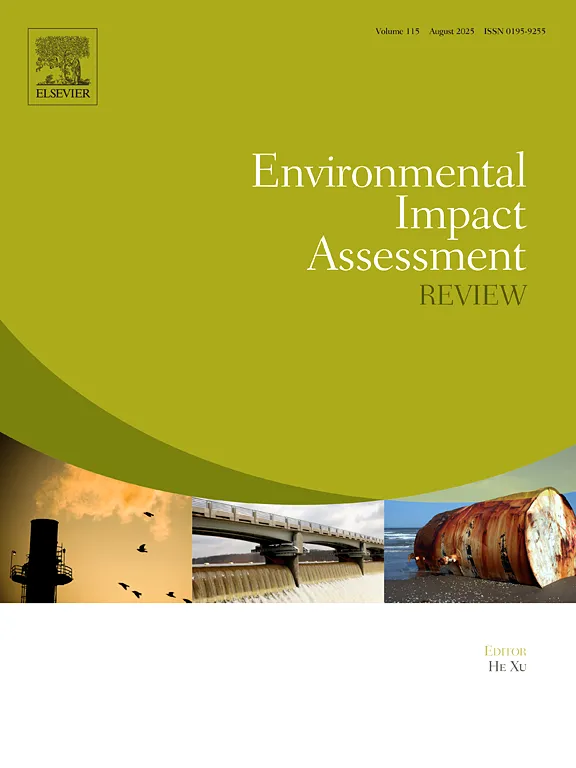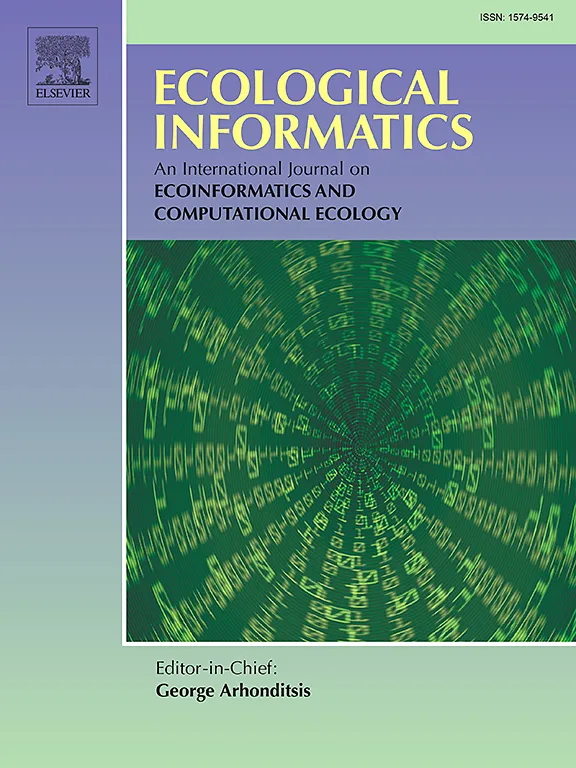BTO publishes peer-reviewed papers in a wide range of scientific journals, both independently and with our partners. If you are unable to access a scientific paper by a BTO author, please contact us.
Search settings
How to make land use policy decisions: Integrating science and economics to deliver connected climate, biodiversity, and food objectives
Author: Bateman, I.J., Binner, A. Addicott, E.T., Balmford, B., Cho F.H.T., Daily, G.C., De-Gol, A., Eisenbarth, S., Faccioli, M., Ferguson-Gow, H., Ferrini, S., Fezzi, C., Gannon, K., Groom, B., Harper, A.B., Harwood, A., Hillier, J., Hulme, M.F., Lee, C.F., Liuzzo, L., Lovett, A., Mancini, M.C., Matthews, R., Morison, J.I.L., Owen, N., Pearson, R.G., Polasky, S., Siriwardena, G., Smith, P., Snowdon, P.P., Tippett, P., Vetter, S.H., Vinjili, S., Vossler, C.A., Watson, R.T., Williamson, D. & Day, B.H.
Published: 2024
13.11.24
Papers

A critical appraisal of 40 years of avian collision risk modelling: How have we got here and where do we go next?
Author: Cook, A.S.C.P., Salkanovic, E., Masden, E., Lee, H.E. & Kiilerich, A.H.
Published: 2024
12.11.24
Papers

Decline in the numbers of Eurasian Oystercatchers Haematopus ostralegus on the Exe estuary Special Protection Area
Author: Goss-Custard, J.D., Austin, G.E., Frost, T.M., Sitters, H.P. & Stillman, R.A.
Published: 2024
The Exe Estuary in Devon is a nationally important site for Oystercatchers wintering in the UK. However, the proportion of this species found in south-west England and wintering on the Exe declined from 60% in the late 1980s to 35% by the late 2010s. This study uses 45 years of data collected by volunteers taking part in the Wetland Bird Survey (WeBS) to investigate why.
07.11.24
Papers

Improving acoustic species identification using data augmentation within a deep learning framework
Author: MacIsaac, J., Newson, S., Ashton-Butt, A., Pearce, H. & Milner, B.
Published: 2024
15.10.24
Papers

The status of the UK’s breeding seabirds
Author: Stanbury, A.J., Burns, F., Aebischer, N.J., Baker, H., Balmer, D., Brown, A.F., Dunn, T., Lindley, P., Murphy, M., Noble, D.G., Owens, R. & Quinn, L.
Published: 2024
Five seabird species are added to the Birds of Conservation Concern Red List in this addendum to the 2021 update, bringing the total number of Red-listed seabird species to 10, up from six since seabirds were last assessed. The Amber List of seabirds moves from 19 to 14 species, and the Green List increases from one to two species.
29.09.24
Papers
